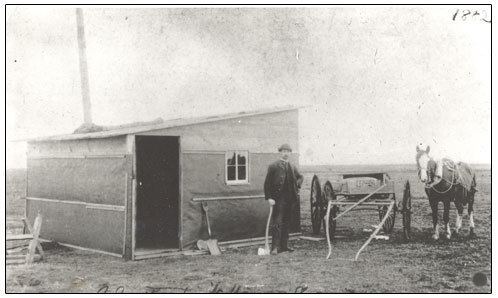 | ||
The timeline of Regina history shows the significant events in the history of Regina, Saskatchewan, Canada.
Contents
19th century
20th century
21st century
See too
References
Timeline of Regina history Wikipedia(Text) CC BY-SA
 | ||
The timeline of Regina history shows the significant events in the history of Regina, Saskatchewan, Canada.